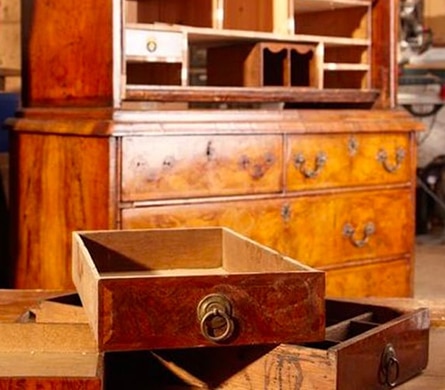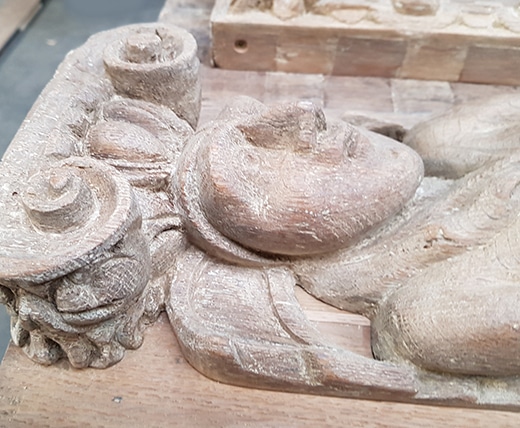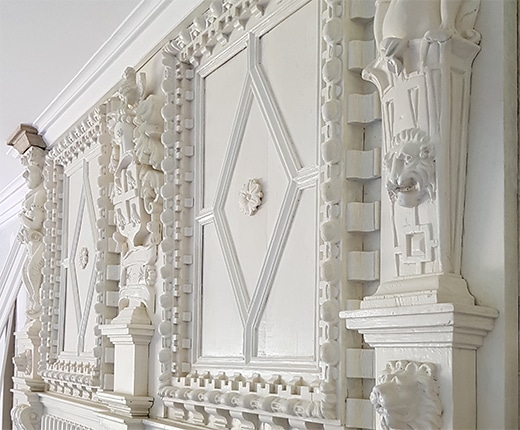Over 30 years ago when I was a teenager learning my trade as an antique furniture restorer in Brighton, there was no shortage of fine chairs and tables, cupboards, coffers and bureaux, skilfully made of oak and elm, walnut, mahogany, pine and yew; or sometimes fruitwoods and imported tropical hardwoods. This was not the era of fake Harry Potter ‘antiques’ and badly white-washed pieces of furniture aimed to satisfy the more recent ‘shabby chic’ market trend; and which currently still fill the small town auction houses and cheaper ‘antique’ warehouses. In my day, I learnt not only to recognise the tell-tale marks of hand tools on a 17th century panel; the elegance of 18th century cabinet making; or the more solid walnut and mahogany pieces favoured by the Victorians. I also had to learn many new skills essential in the repair and renovation of these antiques, in order to restore their value and also maintain or recover their fine appearance for collectors, clients or resale.
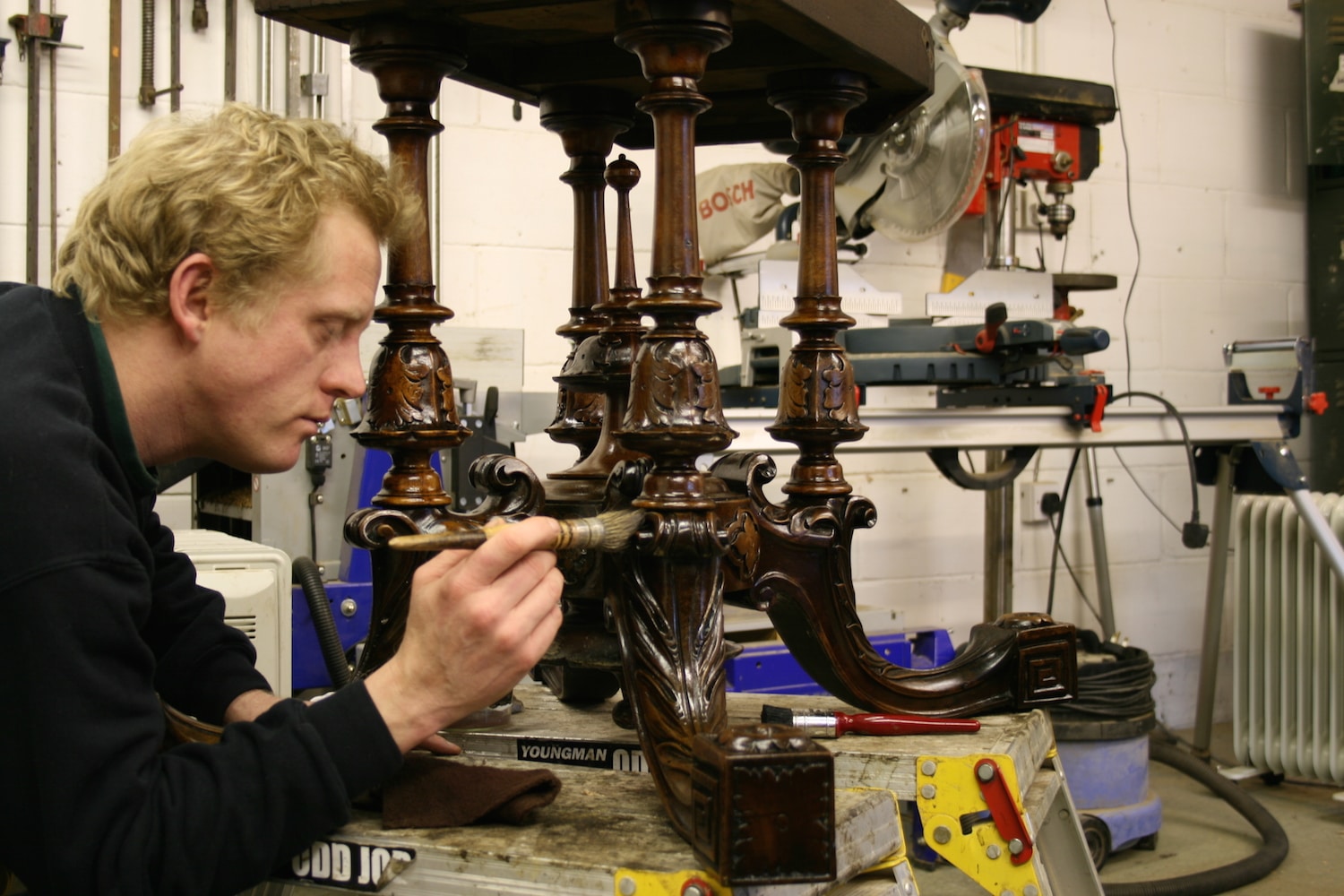
My hands-on apprenticeship taught me the value of traditional tools and old fashioned techniques which may require more time and patience, but respect the wood and treat it gently, gradually bringing out the colour and grain without obscuring its age and history. To bring them back to authentic condition, I needed to know how the furniture was made and which tools were used to achieve the effect. I learnt how to make dovetail joints and turned legs; I mastered veneering, marquetry inlays and carving. I needed to know how to replace glazing and create recessed brass handles; or repair a tiny ornamental lock in a chest or writing desk. There were also special procedures for the final finish of valuable pieces: recipes for gently stripping centuries’ dirt or damage without the need for harsh chemicals or mechanical sanders; delicate oils and natural waxes that enhance the patina of the wood rather than destroy or obscure it; the high shine achieved by the painstaking process of French polishing.
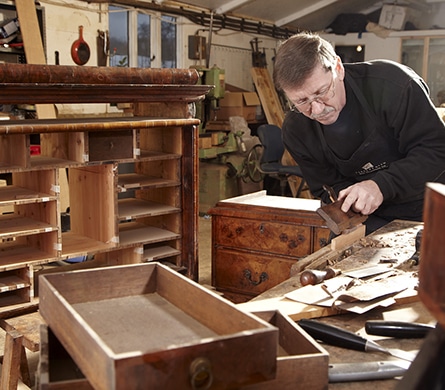
It has been reported frequently over the last couple of decades, that antique ‘brown’ furniture has fallen out of fashion: all but the high end pieces were not only selling ridiculously cheaply, if at all; but it is noticeable that all the old traditional skills involved in repairing them or keeping them in peak condition, have gradually become a dying trade. In that time, my own career has expanded to include architectural antique woodwork: panelling, flooring, fireplaces, doors and windows, alongside my bespoke furniture clients. I use the same careful, processes for all my projects to produce the best, authentic result: thus while I am a long way off being a wizened old man with twinkly eyes in a cloth cap and brown overalls, I suddenly find myself one of the ‘old school’, entrenched in the traditional ways of doing things. These days, I’m more likely to be restoring a whole room or house full of furniture than a single piece: either rectifying water damage or the effects of long standing damp for a client with an historic home; or restoring to glory, furniture looking a bit shabby from neglect when inherited from generation to generation.
Interestingly, they say ‘brown’ furniture has made a come-back in the last couple of years, with fashion encouraging a return to quality, natural products and old fashioned mores. I wonder if I will be required to pass on my specialist skills to a whole new generation of apprentices; as well as apply them to antique furniture that has earned its right to shine with the patina of age?
